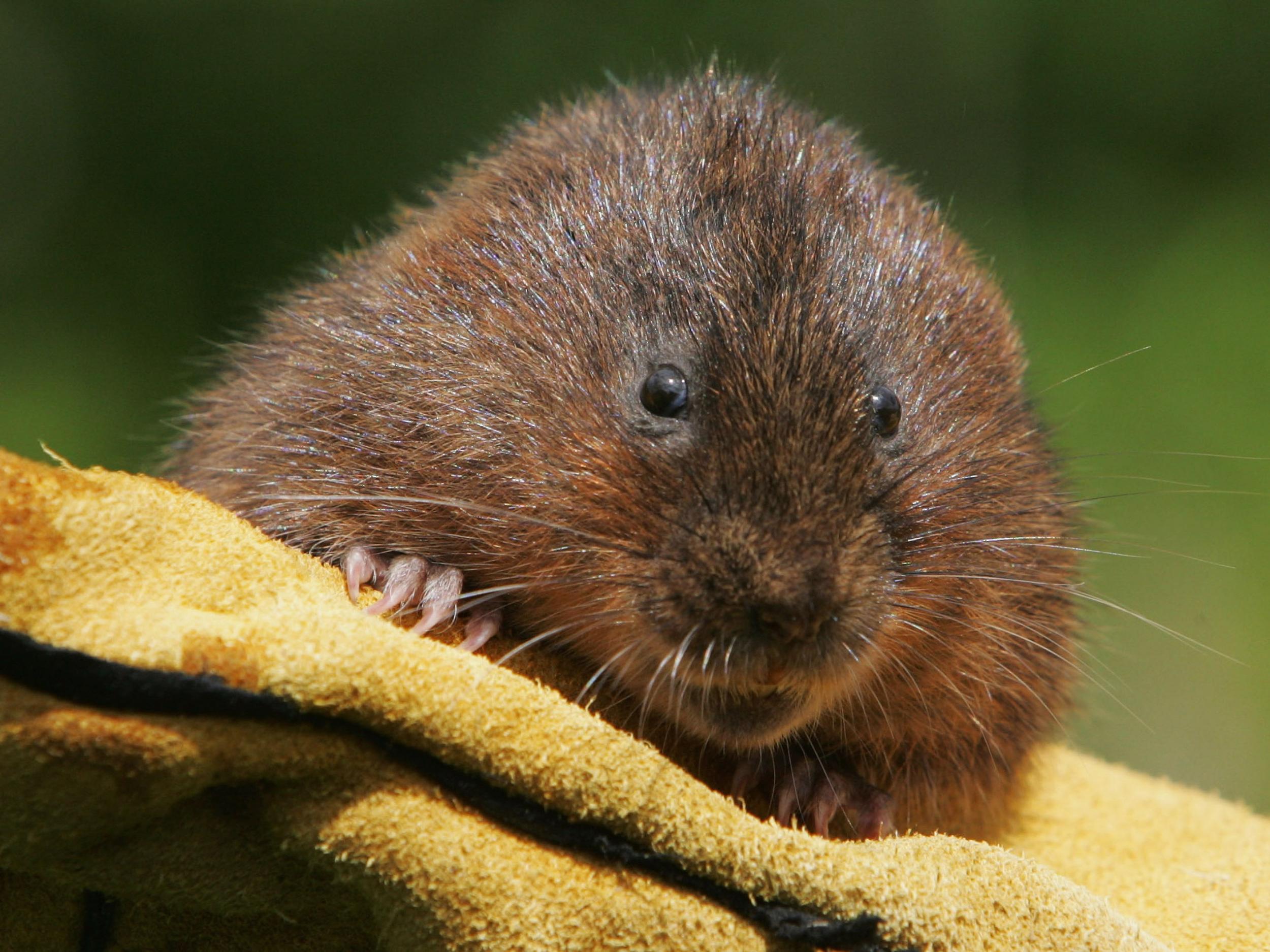Water voles to be released into British lake in 'biggest ever attempt' to save endangered animal
Creatures are UK’s fastest declining wild mammal

Endangered water voles are to be reintroduced into a Yorkshire lake where they have not been seen for 50 years.
Around 100 of the animals will be released into England’s highest freshwater lake, Malham Tarn, as part of the largest reintroduction project of its kind, according to ecologists.
Water voles are Britain’s fastest declining wild mammal, The Wildlife Trust says, and the species is now threatened.
The voles have been bred in captivity and will be set free in batches. They will spend two days in cages before being tempted out on the third day with apples and carrots.
Once a fixture of the British countryside, the water vole is thought to have lost 90 per cent of its population.
The decline in the numbers of voles in the UK was due to growing development, pollution and farming. But the most devastating factor for the vole population was the introduction of the American mink into the British countryside.
The carnivorous animals escaped from fur farms and spread across the UK in the 1980s and 1990s. A single breeding mink can eliminate an entire water vole colony. No mink have been seen near Malham Tarn for 10 years.
Roisin Black, a National Trust ranger, said: "In the rest of Europe, water voles are common. In Britain, the creatures are incredibly rare.
"We know water voles have thrived at Malham Tarn in the past and thanks to work by the National Trust, the habitat here is perfect for water voles again."
Water voles are strong swimmers and live in small burrows along the water’s edge. As well as lakes, they inhabit canals, rivers and ponds.
They have chestnut coloured fur and are commonly confused with brown rats. Water voles can be distinguished by their small ears and furry tails.
Ecologists will monitor the progress of the vole. If they thrive, the experts plan to release another 100 in June next year.
Join our commenting forum
Join thought-provoking conversations, follow other Independent readers and see their replies
Comments